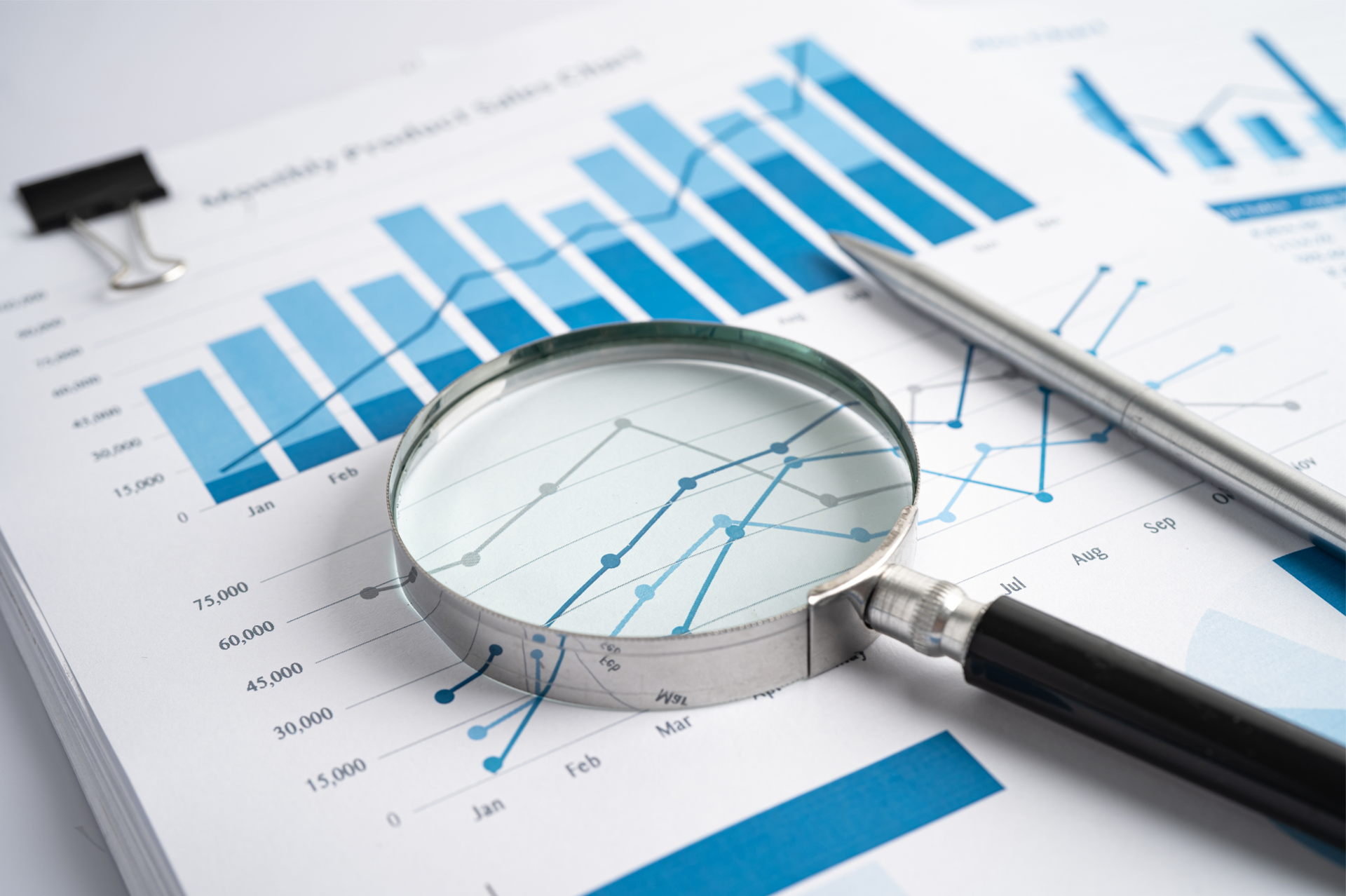Important Aspects of Procurement Clerk Job Measurement
Important Aspects of Procurement Clerk Job Measurement
In the dynamic realm of procurement, the role of a Procurement Clerk is crucial to ensure efficient
operations, cost-effectiveness, and adherence to ethical and sustainable practices. To guarantee
superior performance, key performance indicators (KPIs) play a pivotal role. Here are the specific
aspects of a Procurement Clerk's job that demand focused measurement:
1. Strategic Procurement Processes:
- Formalizing Pricing and Discounts:
- Monitor negotiation outcomes for standardized pricing and discounts.
- Evaluate agreements with suppliers to ensure competitiveness and cost-effectiveness.
- Elimination of Maverick Spend:
- Measure adherence to defined procurement processes to reduce unauthorized or unmanaged expenditures.
- Implement controls to minimize rogue purchasing and ensure compliance.
2. Operational Excellence:
- Accurate Purchase Order Management:
- Monitor the accuracy and timeliness of recording and updating purchase orders.
- Evaluate the effectiveness of systems in place for streamlined order processing.
- On-Time Supplier Deliveries:
- Establish KPIs for supplier delivery timelines.
- Implement tracking mechanisms to ensure suppliers meet delivery commitments.
- On-Time Payments:
- Track the timeliness of payment processing.
- Monitor adherence to payment schedules and terms.
3. Risk Management and Compliance:
- Adherence to Processes and Policies:
- Establish KPIs for compliance with standard operating procedures and policies.
- Conduct regular audits to ensure adherence to established protocols.
- Environmental and Social Responsibility:
- Evaluate initiatives for sustainability and social responsibility.
- Monitor compliance with environmental regulations and ethical sourcing practices.
4. Process Efficiency and Innovation:
- Transactional Processing and Reporting:
- Measure the speed and accuracy of transactional processing.
- Implement systems for real-time reporting to enhance decision-making.
- Process Automation:
- Evaluate the implementation and effectiveness of automation tools.
- Monitor improvements in accuracy and efficiency through automation.
5. Professional Development and Performance Management:
- Capability Development:
- Track progress in skill enhancement and capability development.
- Implement training programs to address identified gaps.
- Performance Management:
- Establish KPIs for individual and team performance.
- Implement regular performance reviews to drive continuous improvement.
- Innovation-Driven Revenue:
- Monitor revenue generated from innovative procurement approaches.
- Encourage a culture of creativity and entrepreneurial thinking.
Measuring the performance of a Procurement Clerk involves a multifaceted approach, encompassing
strategic, operational, and ethical dimensions. By focusing on these specific KPIs, organizations can
ensure not only compliance and efficiency but also foster a culture of innovation and continuous
improvement within their procurement teams. In the second part, we will delve deeper into
additional KPIs to fortify the measurement framework for superior job performance in procurement.
Here are some suggested Key Performance Indicators
- % Compliance with Environmental Regulations
- % Compliance with Social Responsibility Standards
- % Adherence to Standard Operating Procedures and Policies
- % Reduction in Maverick Spending
- % On-Time and In-Full Delivery of Suppliers
- % Purchase Price Variance
- % of Invoices Paid by Due Date
- % Supplier Accounts without Reconciling Items
- % of Lost Discounts from Suppliers
- % Project Milestones on Time (Procurement Clerk Initiatives)
- % Personal Development Plans Completed
- % Personal Capability/Training Achieved
- % Reduction in Transactional Processing Time
- % Accuracy of Transactional Reporting
- % Reduction in Supplier Payment Cycle Time
- % Increase in Revenue from Procurement Innovations
- % Increase in Business Predictability
- % Increase in Supplier Relationship Satisfaction
- % Reduction in Risk Incidents related to Procurement
- % Reduction in Errors in Purchase Order Records
- % Reduction in Late Payments to Suppliers
- % Increase in Personal Efficiency in Transactional Processing
- $ Cost Savings through Negotiation and Cost Reduction Initiatives
- $ Value of Lost Discounts from Suppliers
- # of Average Time from Requisition to Confirmed PO
- # of Average Time from Invoice Received to Payment
- # of Successful Implementation of Procurement Projects
- # of Process Automation Initiatives Implemented
- # of Approved Change Requests for Procurement Processes
- # of Sustainable Procurement Practices Implemented
- # of Supplier Performance Evaluations Conducted
- # of Successfully Implemented Personal Development Plans
- # of Supplier Invoice Processed for Payment
- # of Late Payments to Suppliers
- # of Purchase Orders Passed Due Date
- # of Purchase Orders Reworked
- # of Queries from Business for Overdue POs
- # of Stock Outs Due to Procurement
- # of Supplier Matching Reworks
- # of Supplier Payment Reworks
- # of Expenses Journalized to Correct Account or Cost Centre
- # of Adverse Audit Findings
- # of Errors in Purchase Order Records
- # of Late Payments to Suppliers
- # of Planning Deadline Adherence
- # of Capability Development Initiatives
Feel free to sign up for the KPI spreadsheet to access these and additional KPIs in a structured format that offers better context.
Watch the video below to see what you will get and how to use the KPI spreadsheet to take the guesswork out of KPIs


